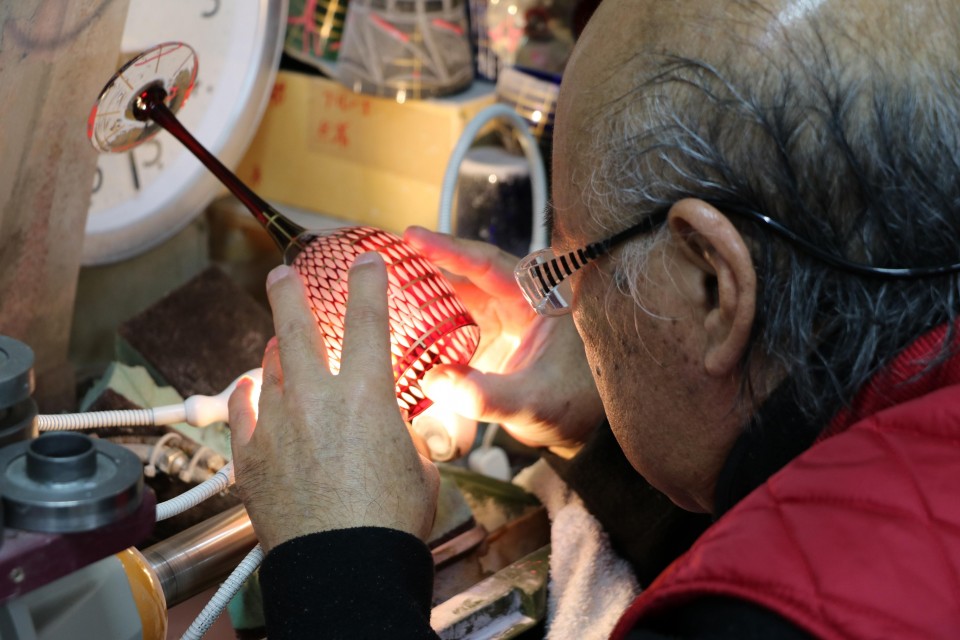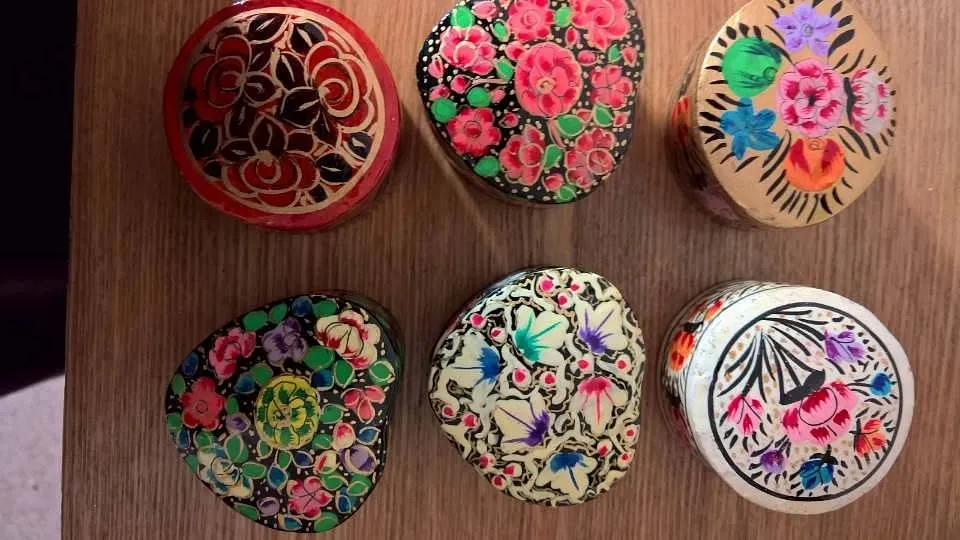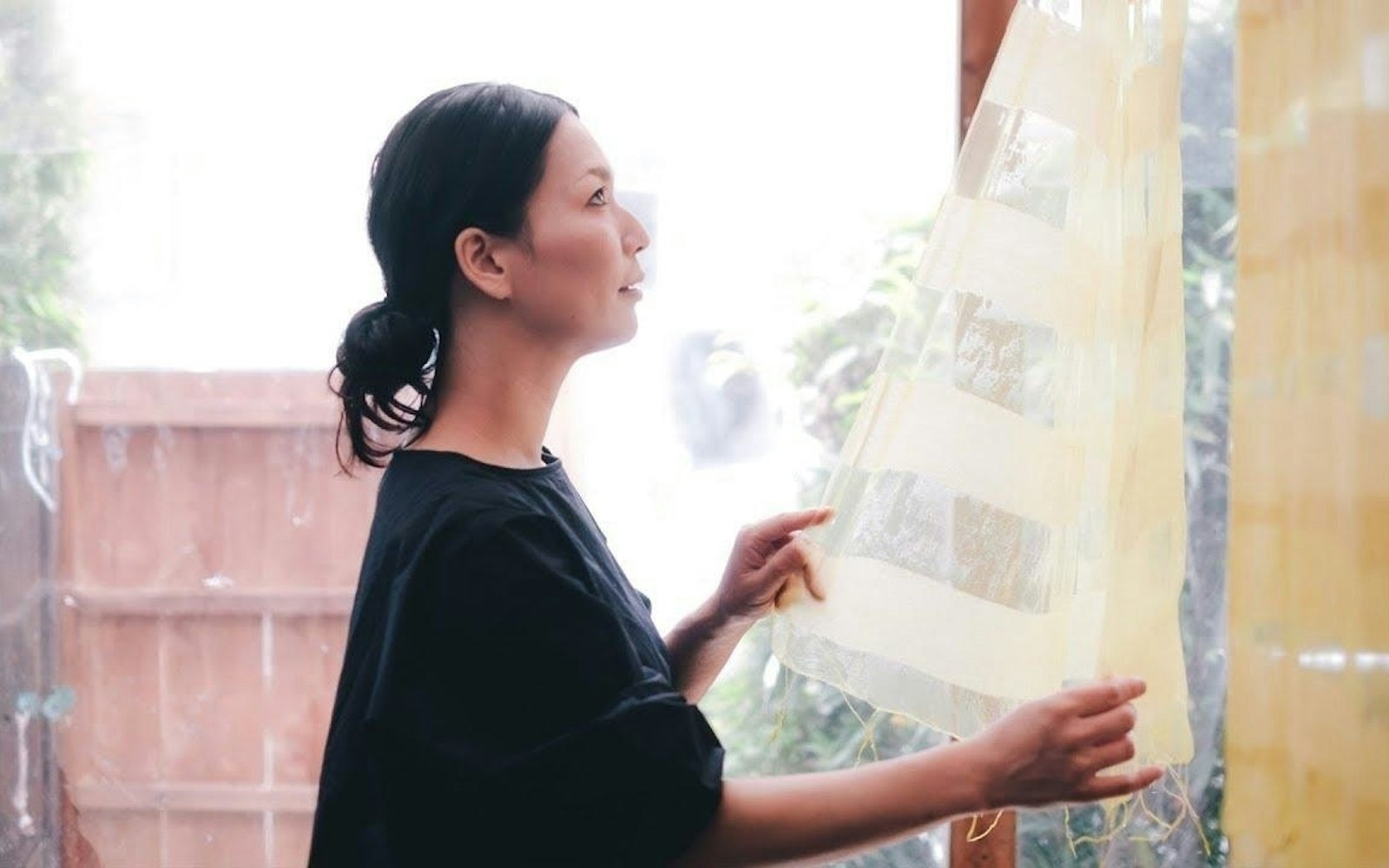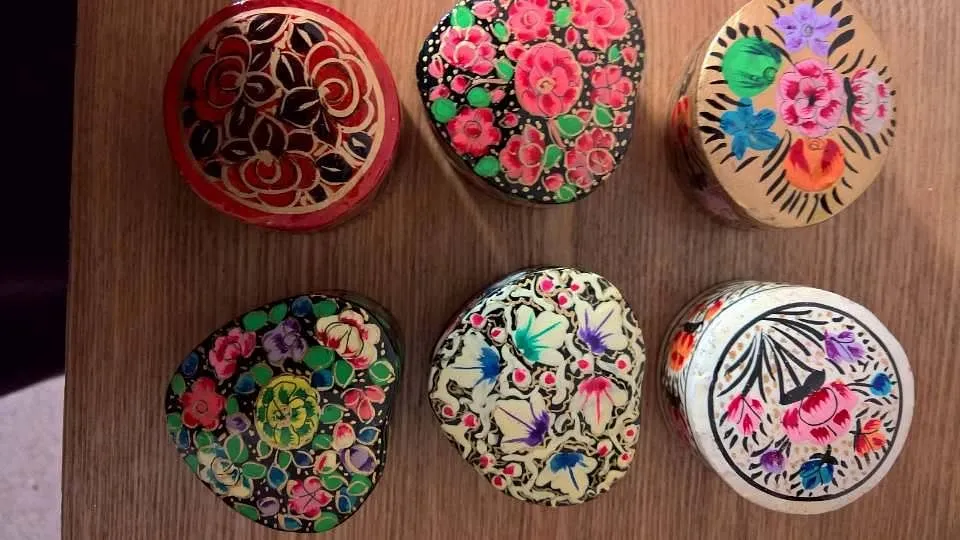In a world that seems to spin ever faster toward automation and mass production, there remain a few souls who still create with their hands, their hearts, and the wisdom of generations past. These are the master artisans, the keepers of our dying crafts, holding onto traditions that the world may soon forget. At Remin.site, where we believe that memories and legacies deserve to be remembered, we sat down with one such artisan to understand why preserving these crafts isn’t just about nostalgia — it’s about identity, culture, and the soul of human creativity.

A master artisan handcrafts a ceremonial object, preserving a centuries-old tradition.
Introduction: The Value of Traditional Craftsmanship
Before technology shaped our every interaction, every household item — from furniture to fabric — was touched by the hand of a craftsman. These traditional crafts were more than jobs; they were a reflection of communities, beliefs, and time-honored techniques. In every stitch, carve, and brushstroke, there lived stories passed from master to apprentice, from parent to child.
“When you hold something handmade, you are holding time, skill, and history. That’s what makes it precious.”
And yet, these crafts are vanishing. With global markets flooded by cheaper, faster alternatives, the artisans — and their sacred knowledge — are fading into the background. According to UNESCO, hundreds of intangible cultural heritages are now critically endangered. Without intervention, we risk losing centuries of beauty and meaning.
Why Traditional Crafts Are Disappearing
Globalization and the Loss of Heritage
The surge of globalization has brought convenience, but at a cost. Handmade crafts can’t compete with factory output on price or volume. As traditional markets shrink, so does the incentive for younger generations to pursue these demanding — yet deeply fulfilling — crafts.
Economic Pressures on Artisans
Many master artisans earn below a living wage, despite spending decades perfecting their art. The lack of infrastructure, funding, and global recognition makes it nearly impossible for small workshops to survive, let alone thrive.
- High material costs with no subsidy
- Lack of apprentices or training programs
- Absence from online platforms or digital commerce
- Minimal government or institutional support
According to the Crafts Council UK, the average age of traditional makers is steadily rising, with few young practitioners stepping in.
Meet the Master Artisan
Background and Journey into the Craft
Our featured artisan, Nguyễn Văn Lộc, began learning his craft at the age of 12 in a quiet village in northern Vietnam. Surrounded by lacquerware, he was drawn not just to the shine of the finished product, but to the patience and rhythm of creation itself.
A Life Devoted to Detail and Heritage
“Every layer of lacquer needs time to dry, to breathe,” Lộc shared. “You cannot rush a masterpiece. Just like memory, it needs to be protected and honored.” He has spent over 40 years refining his skill, creating intricate mother-of-pearl inlays and ancestral altar pieces now displayed in museums and temples.

Vietnamese lacquer artisans dedicate their lives to intricate, symbolic art passed down through generations.
The Interview: In the Artisan’s Own Words
Q1: What Inspired You to Pursue This Craft?
“It was never a decision,” Lộc said. “It was a calling. I watched my grandfather work with his hands, and it felt sacred. In every cut of wood, I saw love and pride. That spirit guided me.”
Q2: What Are the Biggest Challenges You Face?
“Finding materials is harder each year. But more painful is seeing no one interested in learning. The youth want speed, profit, and fame. Our craft offers none of that — only silence, skill, and legacy.”
Q3: How Do You Pass Down the Knowledge?
“I teach one or two apprentices at a time. It’s slow work. Not just teaching technique, but patience. Respect. You don’t just learn the steps — you must earn the spirit of the craft.”
Q4: What Do You Think the Future Holds?
“Without help, the craft may disappear. But if people start caring — truly caring — then maybe, just maybe, it will survive. That’s why interviews like this matter. Because someone must remember.”
Preserving the Craft: Community and Cultural Support
The survival of dying crafts doesn’t rest solely on the shoulders of aging artisans. It requires community-driven action, institutional support, and the integration of modern tools like digital storytelling to reach new audiences. These crafts can live on — if we care enough to carry them forward.

Delicate paper mâché designs from Kashmir showcase cultural narratives shaped by generations of skill and symbolism.
Continue reading in Part 2, where we explore how countries like Japan and India are reviving ancient crafts — and how you can help.
Visit Remin.site — where stories, legacies, and cultural treasures are never forgotten.
Global Case Studies of Craft Revival
In some corners of the world, the story doesn’t end in loss — but in revival. Communities, governments, and even young artists are breathing life back into endangered crafts, showing us that tradition can walk hand-in-hand with innovation. These success stories offer a model of hope.
Japanese Indigo Dyeing
Known as Aizome, Japanese indigo dyeing is a centuries-old technique that was once in danger of extinction. Today, with the help of the Cool Japan initiative, and local workshops opening their doors to tourists and apprentices, this unique art is gaining traction again.

Japanese artisans reintroduce deep indigo dyeing to a new generation, preserving beauty and history.
Indian Paper Mâché in Kashmir
Craftsmen in Kashmir have endured decades of political and economic instability. Yet, through resilience and community effort, traditional paper mâché work continues to survive. NGOs and design schools are now supporting young artists in reinterpreting traditional motifs for modern audiences.
Vietnamese Lacquerware
In Vietnam, the intricate art of lacquer painting has faced its own decline. But master artisans, such as Lộc, are mentoring the next generation while partnerships with international galleries are offering these crafts global exposure. Cultural centers and NGOs are also working to document these techniques digitally — a new way of preserving the unpreservable.
What Can We Do? Ways to Support Dying Crafts
Every one of us can be part of the solution. You don’t have to be an artist — you just have to care. Here’s how you can help keep these stories and skills alive:
- Buy handmade: Choose authentic, ethically sourced handcrafted items over mass-produced alternatives.
- Support local artisans: Visit workshops, attend exhibitions, and engage with community markets.
- Share their stories: Use social media to amplify the voices of traditional craftsmen. Every repost matters.
- Learn and teach: Take a workshop. Pass it on. Inspire a child, a friend, or a classroom.
- Partner with preservation efforts: Donate to organizations like Smithsonian Folklife or the World Crafts Council.
“When you buy something made by a person, you’re not just buying an object. You’re buying hundreds of hours of failure and experimentation. You’re buying a piece of someone’s heart.”
Frequently Asked Questions
What is considered a dying craft?
A dying craft is any traditional skill or art form at risk of disappearing due to modern pressures like industrialization, lack of apprentices, and waning demand.
How can I know if something is truly handmade?
Authentic handmade items often show subtle imperfections, are signed or certified by artisans, and are rarely identical. Look for artisan cooperatives or reputable heritage markets.
Is it more expensive to buy handcrafted items?
Often, yes — but you’re paying for quality, time, and heritage. Think of it as investing in culture, not just a commodity.
Where can I find traditional crafts near me?
Start with cultural centers, local museums, or craft festivals. Many offer listings of artisan vendors or even host live demonstrations and sales.
Conclusion: Why the World Still Needs the Hands of Artisans
In an age dominated by fleeting content and disposable goods, artisans offer something timeless. Their hands hold the memory of ancestors, their tools carry tradition, and their work tells stories that machines never can. At Remin.site, we believe that these legacies deserve to live on — just like our memories, ideas, and values.
Death is not the end; it is the beginning — of remembrance, of preservation, and of honoring what made us who we are. Just as we safeguard our stories for the future, so too must we guard the wisdom of our artisans. Let’s not wait until the silence is complete. Let’s act — while there are still hands to teach and hearts to learn.
Visit Remin.site — where your memories, your history, and your culture are preserved for generations to come.
